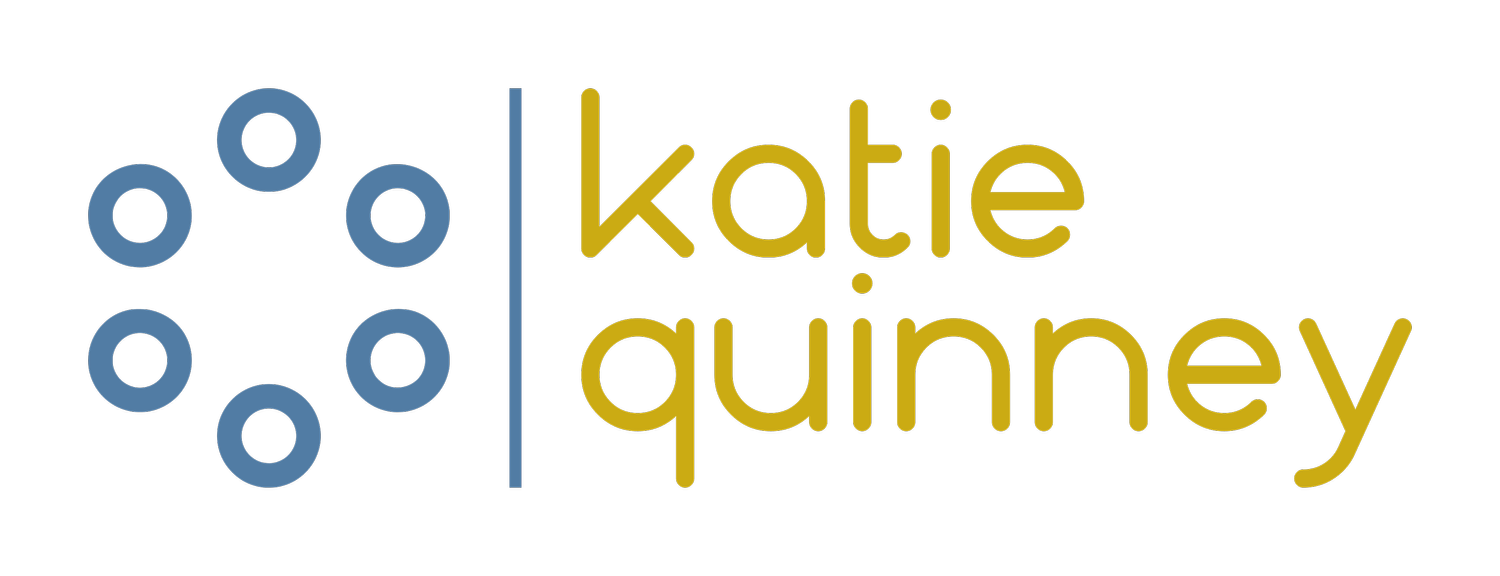Leading through uncertainty with the SCARF Model.
Be right here, right now
What I am certain of right now? Things I can hold on to as facts right here and right now. I've got running water and power in the house. I've got food in the cupboards and petrol in the car.
The world seems increasingly uncertain and scary despite this being our ‘new normal’. Please tell me I’m not the only one who is struggling to make sense of all the intensity right now in the world.
So big breath and again, another big breath. Let’s lean into this.
I found an email I wrote to the No Jedi subscribers in March 2020 at the start of the COVID-19 pandemic. The change, the instant change that was flung onto everyone. I wrote about certainty!
As I looked at the words, I thought of when Adam was diagnosed with cancer as 2020 rolled into 2021 - the smack in the face, and thunderclap that knocked us over with an unseen force.
Certainty - feels like a mean joke.
The sense of uncertainty is scary and our bodies sense the threat. Our bodies and our brains want to protect, so all the messages we get are to shut down, protect, and look inward. Hoard, don’t share, hold tighter. Our words and actions mirror these sensations. We don’t collaborate, listen as well or seek the bigger picture.
I recall the day a wise woman introduced our group of Nurse Directors to the SCARF model. She drew two big arrows on the whiteboard and talked about how when we feel threatened we move away and when we feel safe we can move towards.
Our brains are wired for survival, and research shows that social threats—like feeling excluded or disrespected—trigger the same fight-or-flight response as physical danger. This is why understanding and addressing these triggers, supports you as a leader (well as a human) and is essential for creating psychologically safe and high-performing teams.
She then went on to describe and explain David Rocks SCARF model:
David Rock developed the SCARF model to help categorise our social interactions and our responses to them. Each letter stands for an element of the model that helps you understand how you can be triggered to move towards either the threat/unsafe zone or the safe/reward zone.
S - Status - How you see yourself and how others see you
C - Certainty - How confident you are in the future
A - Autonomy - Having control and having choices
R - Relatedness - The security and connection you have with people
F - Fairness - How reasonable decisions and actions involving you have been.
These are not separate boxes and there is overlap and synergy between these elements. A good starting point is to take your current context, situation or issues and walk through all 5 steps -
Ask how you are feeling regarding each element of the model
If there is a threat state or feeling - what do you need to do to decrease that?
While the elements are written in a certain order - one might be more important to you that others. Maybe right now it’s all about certainty - so much is unknown about what the year holds. Maybe you’ve just had your role disestablished and you are feeling that things are very unfair and that’s the trigger/threat you are noticing.
One of the things I love about healthcare is that you never really know what the day is going to hold for you. In that example, there’s an element of uncertainty I am comfortable with. Then there are other situations where I’ll feel uncertain - such as Adam’s cancer diagnosis and all bets are off and I’m in total shutdown.
Finding actions and behaviours that increase the sense of safety is the way to move through whatever threat you are facing.
If it’s uncertainty - remind yourself what is staying the same. What is true right here, right now? Bring yourself into the present moment. What can you see, hear, smell and feel?
You can use this process for yourself, a grounding and calming action, that leaves you able to move forward. It’s also a wonderful conversation to have with your team. Even asking what elements matter most to them creates a space of connection that will build relationships and understanding.
Want more?
This blog post was the first I wrote on the topic and has some great links and resources to help you get started.
If you are up for a challenge, here I am using the model as way to reflect on the meetings that we have.




